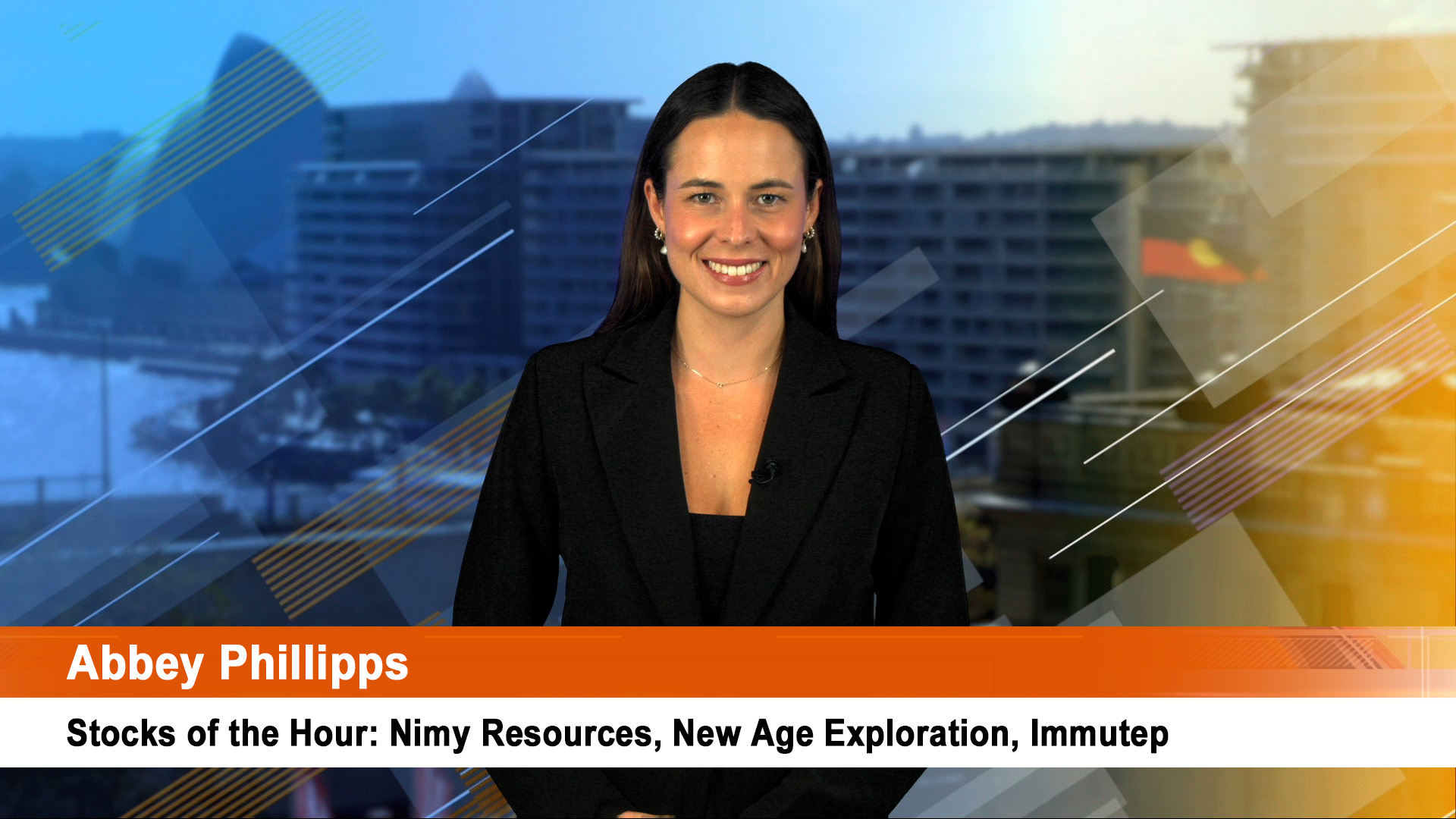For the second time in a month Woodside Petroleum has downgraded its outlook: this time for the 2008 year.
That makes two downgrades so far in 2007, compared to three in 2006.
The shares once again reacted accordingly, slumping to below $49, the lowest for weeks. They had run up over $56 each on the back of those record world oil prices a week or so ago.
Woodside management told an investor briefing in Sydney yesterday that output could be down by as much as 20% to between 80 million and 86 million barrels of oil equivalent (mboe), compared to earlier forecasts.
But that will still be around 15% above this year's output, which was downgraded in the third quarter report only last month. Asset sales and production problems in the areas off the West Australian coast were blamed.
The company, 34% owned by Shell, has now missed its targets for two years in a row, so there's not much confidence about 2008 when the company will be working hard on a number of projects.
In September Woodside sold its disappointing oil production and exploration assets in Mauritania and in March it sold the Legendre oil assets off the WA coast.
That was done because of the production problems, ageing fields and increasing country risk in Africa, which the company made a point of highlighting in its presentations to investors yesterday.
The slides pointedly labelled Australia and the US as having "low country risk", hence the concentration of exploration and production efforts in both regions.
A year ago in a similar presentation to investors Woodside said 2008 output would be about 100 mboe.
CEO Don Voelte was upbeat at the presentation, claiming the best was yet to come for the company, with the huge $A12 billion Pluto LNG project the cornerstone of future development work.
Pluto, he said was "a turning point'' for Woodside.
In a slide and commentary executives said production next year will be lifted by a full year of output from the Otway gas project in Bass Strait and the Stybarrow oil project in offshore WA waters, as well as from the reworked Enfield oil project in the same area.
New projects due to start next year include the deepwater Neptune oil field in the Gulf of Mexico in the US, the Vincent and Angel projects in WA and the expansion of the North West Shelf venture's LNG output.
The company told investors it plans to spend around $A260 million on exploration, with between 8 and 15 wells drilled in Australia, Africa, the Gulf of Mexico and possibly Brazil. That's sharply lower than the $A465 million spent on 20 wells in 2007.
In the middle of last month Woodside blotted its 2007 copybook for the first time with news of the first downgrade, with the new output target for the year set at 70 to 71 mboe, compared to the initial estimate of 72-78 mboe.
That was because of the Legendre sale in March and the disposal of its troubled Mauritania assets in West Africa in September for around $500 million in total.
Third quarter oil and gas production of 17.6 mboe though was up 4% on the June quarter because of higher output from the Enfield oil project and the onshore Northwest Shelf gas plant in Western Australia.
And when investors looked at these and other production numbers it seems they came to the conclusion that the 'downgrade' was more an adjustment to the changed production profile.
In yesterday's outlook there was not much mention about the other big influence in Woodside's life at the moment: the strong Australian dollar which was trading around 90 USc yesterday and overnight.
This shows up in the sales revenue for the June-Sept quarter of $964 million. That was down 16% from the September quarter of 2006, despite higher prices a year ago, and that 8% dip in production.
Third quarter revenue of was $5 million under the June quarter figure of $969 million, but production was 4% higher in the September 3 months. That's the dollar at work.
Besides the Chinguetti sale to Petronas of Malaysia, Woodside says production will be curtailed by lower output from the Corallina field in the Timor Sea which was shut at the end of last month for repairs expected to take three to six months. Woodside also said that output from the much delayed Otway gas project in Bass Strait had finally started, but wouldn't stabilize until January, while output from the Neptune project in the Gulf of Mexico may now be delayed until early next year as well.
Offsetting this is the improvement from Enfield, which should operate at higher rates next year than for 2007.













